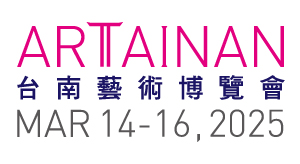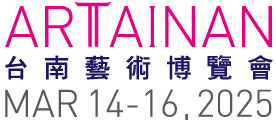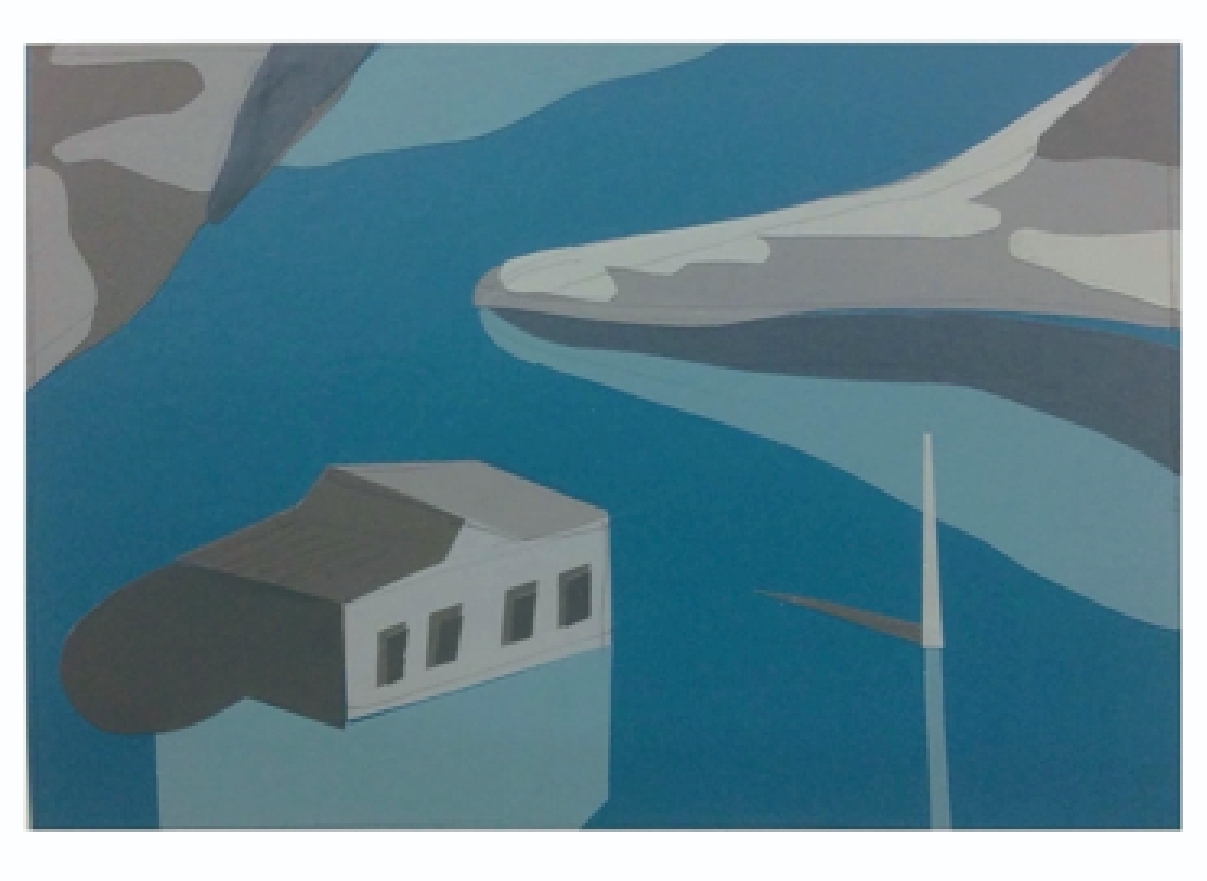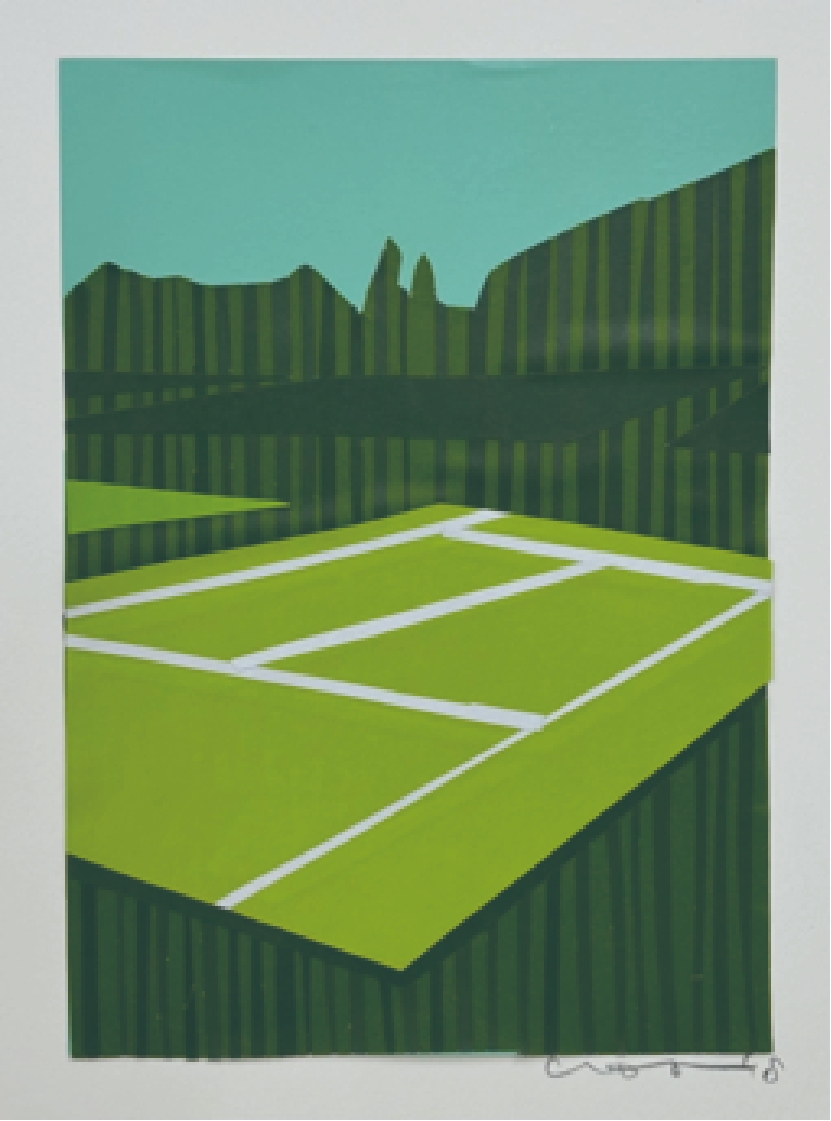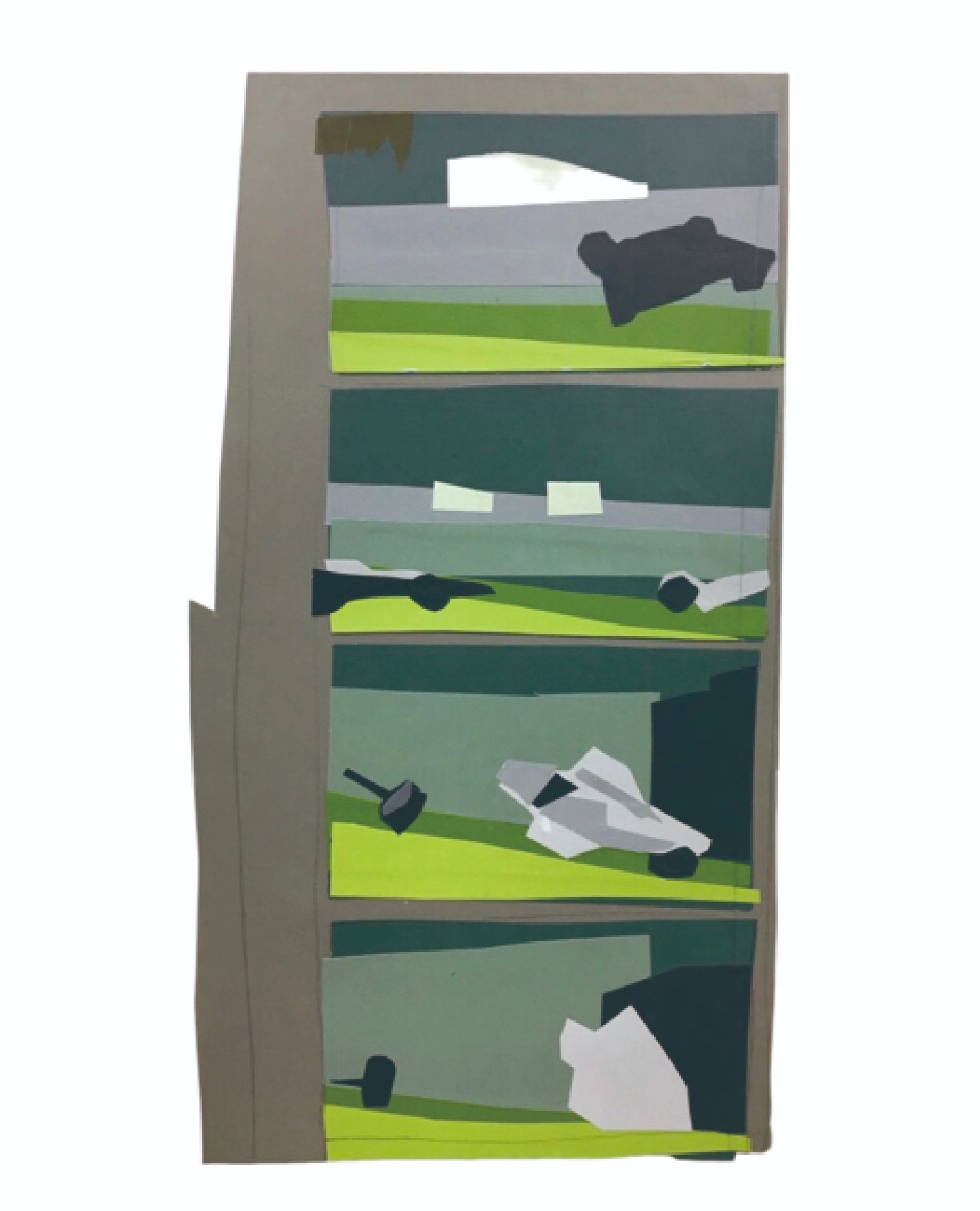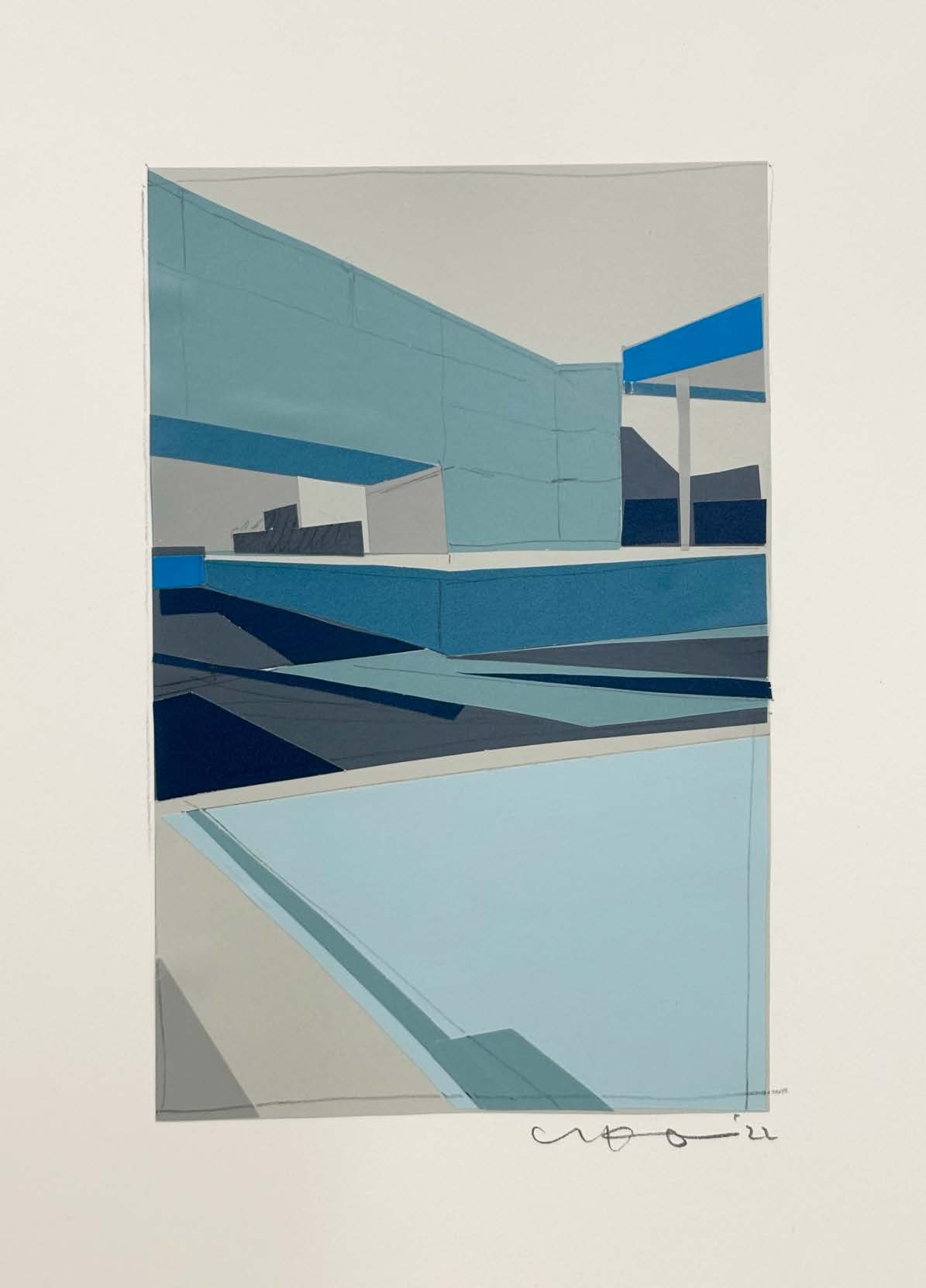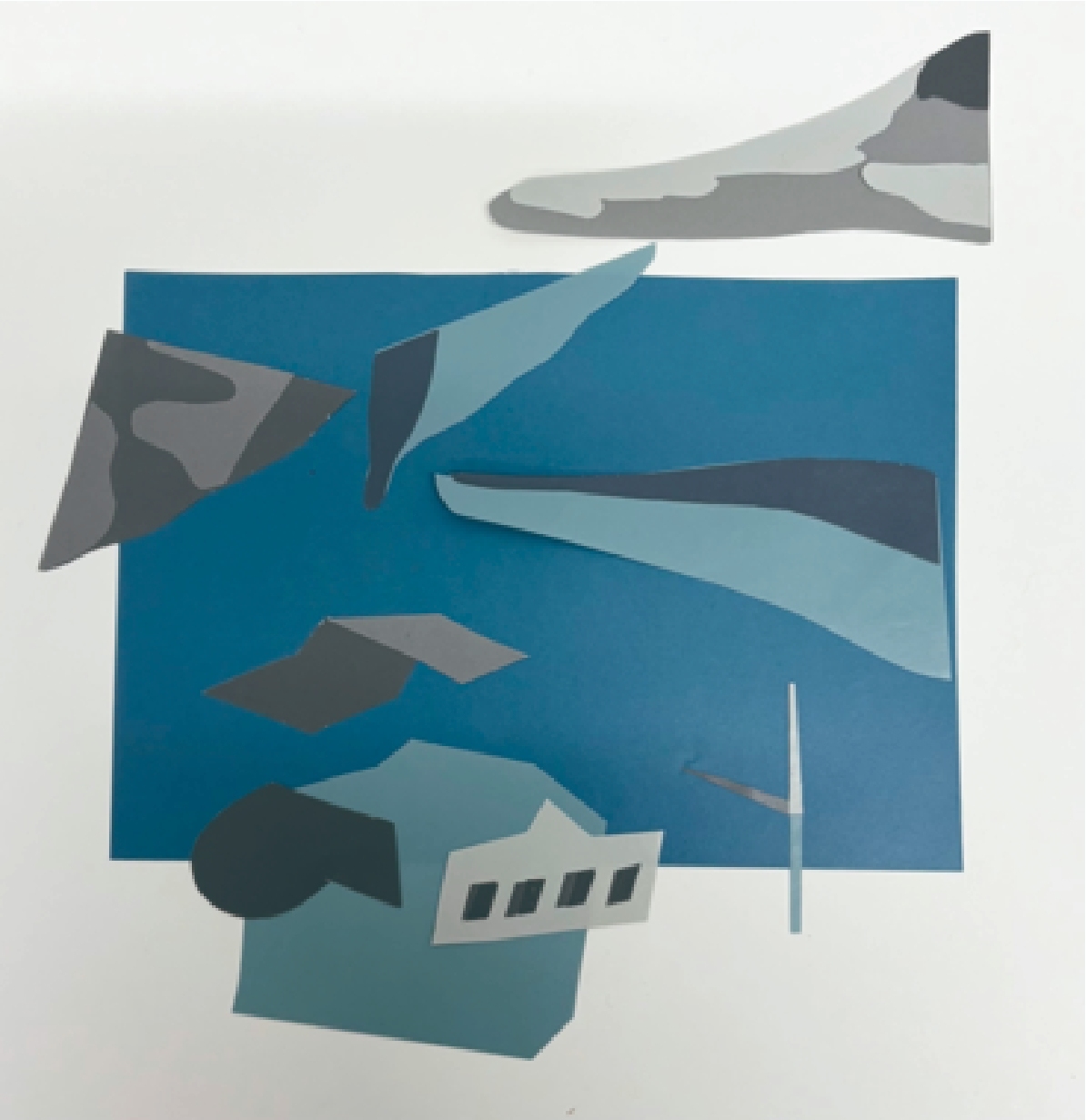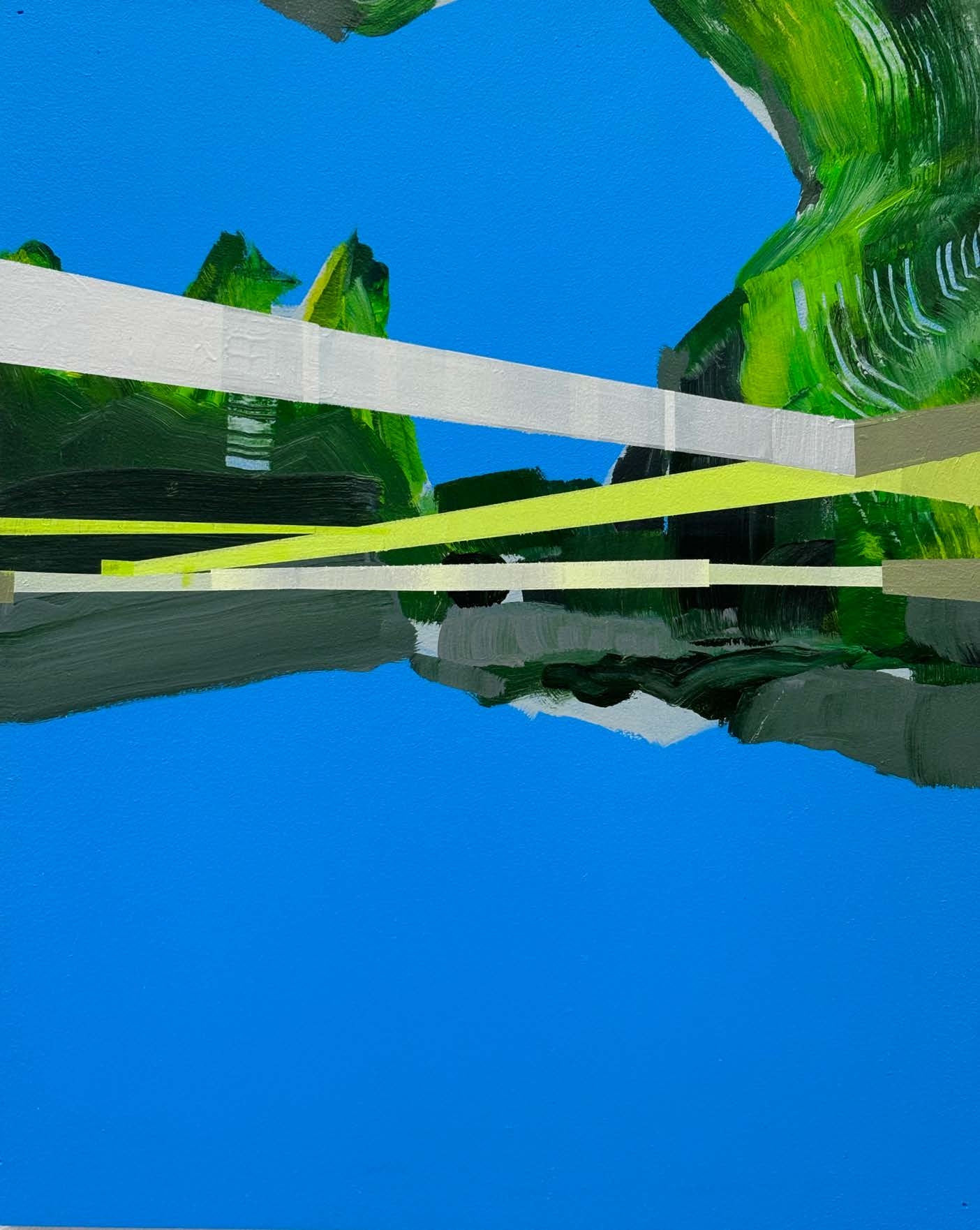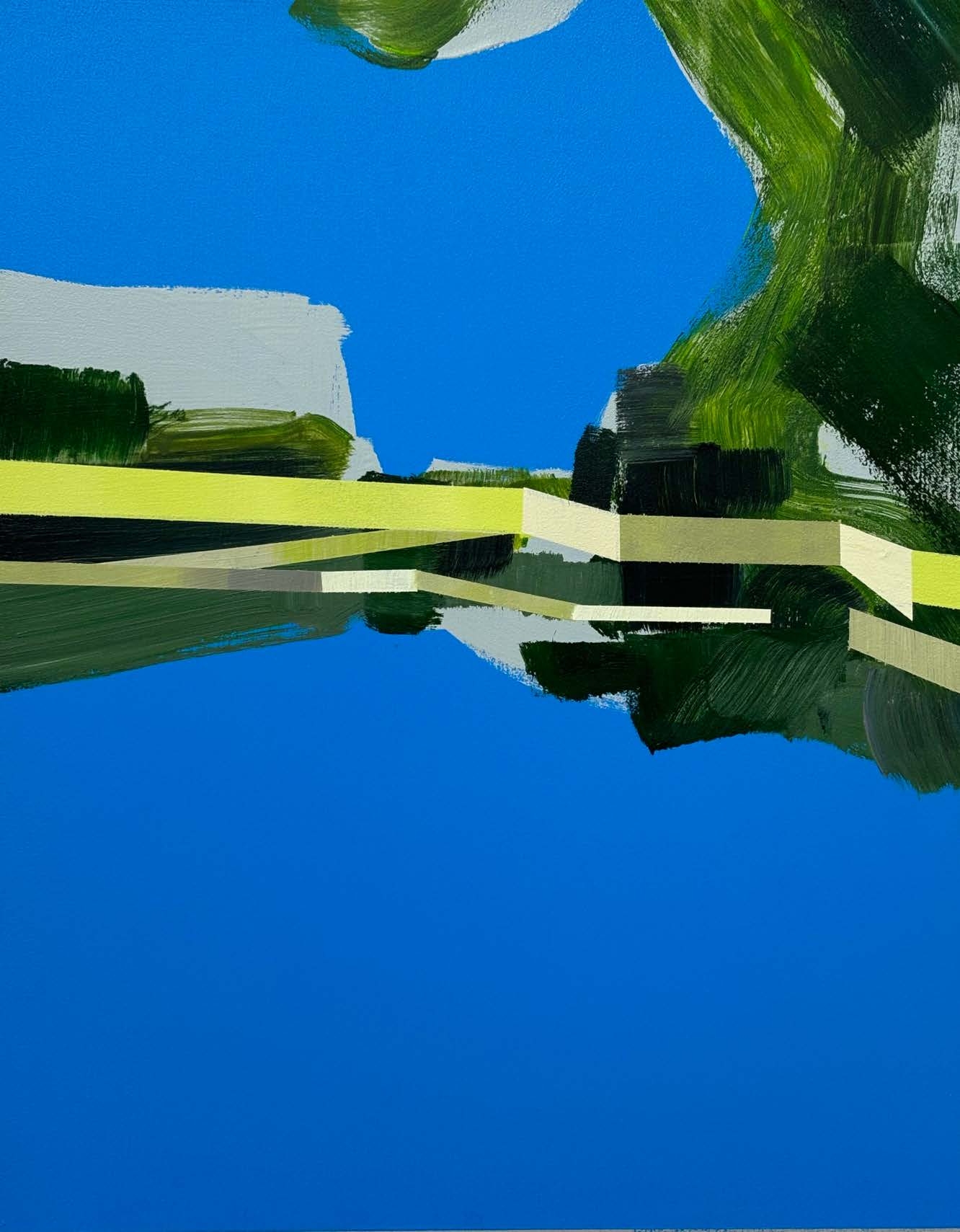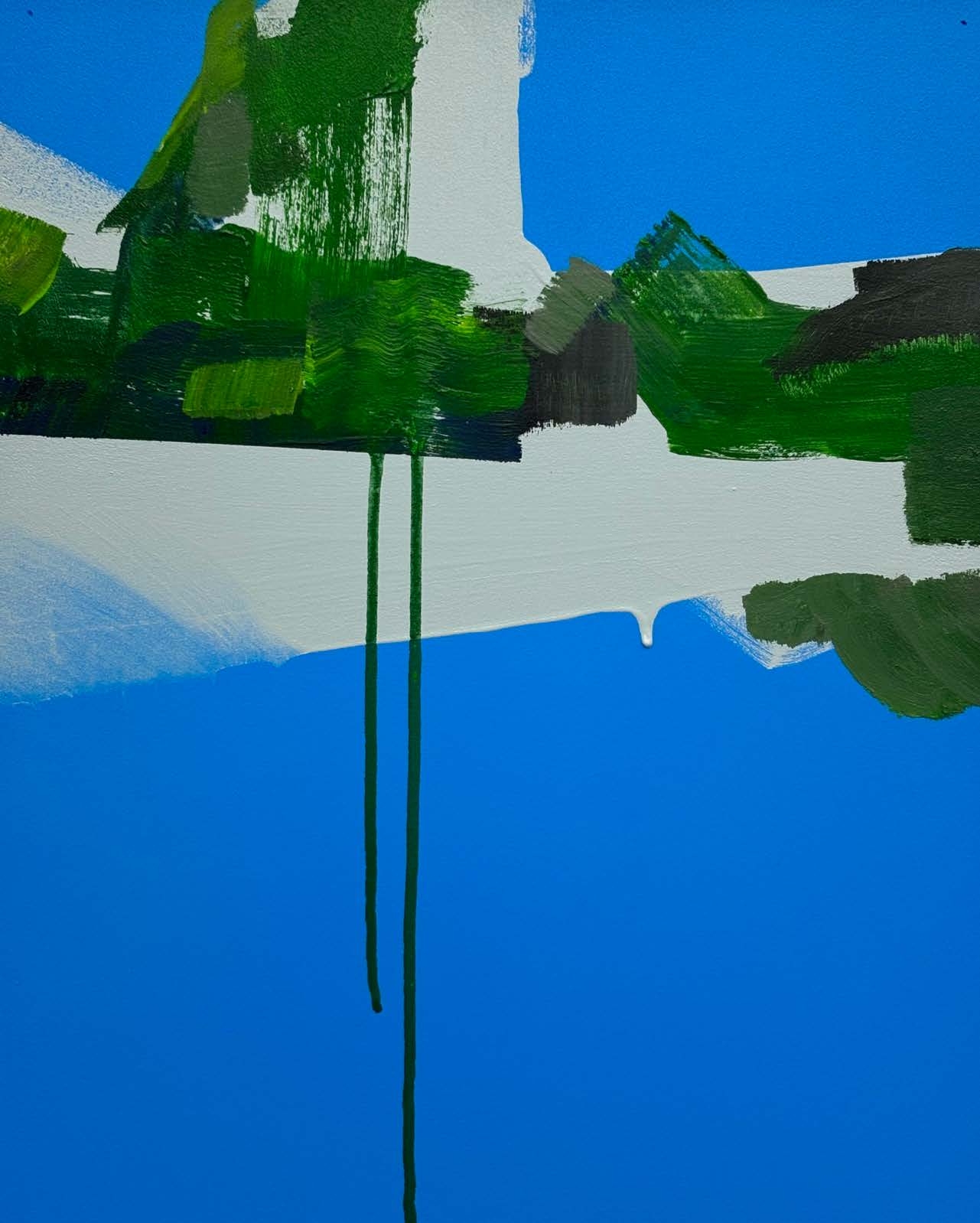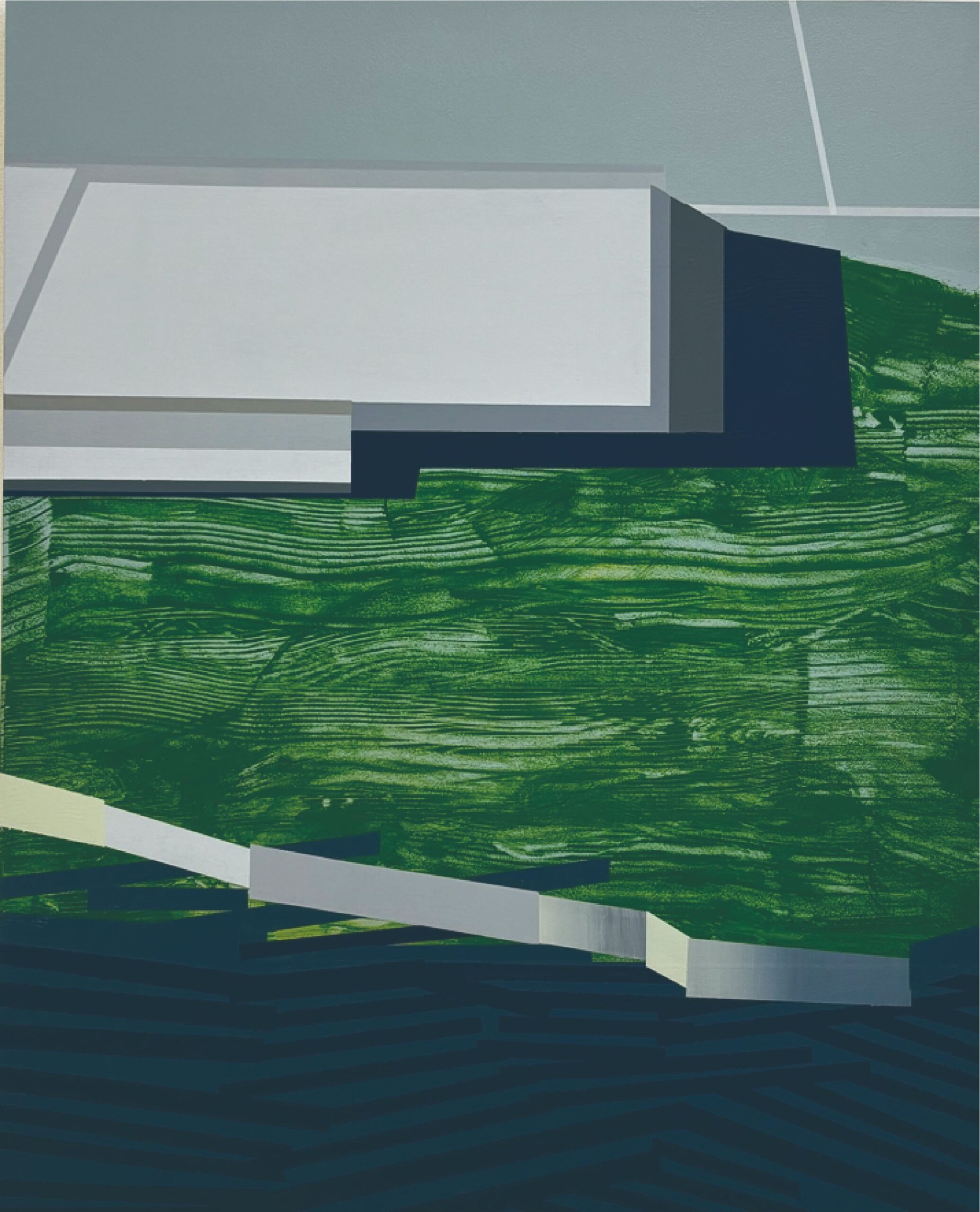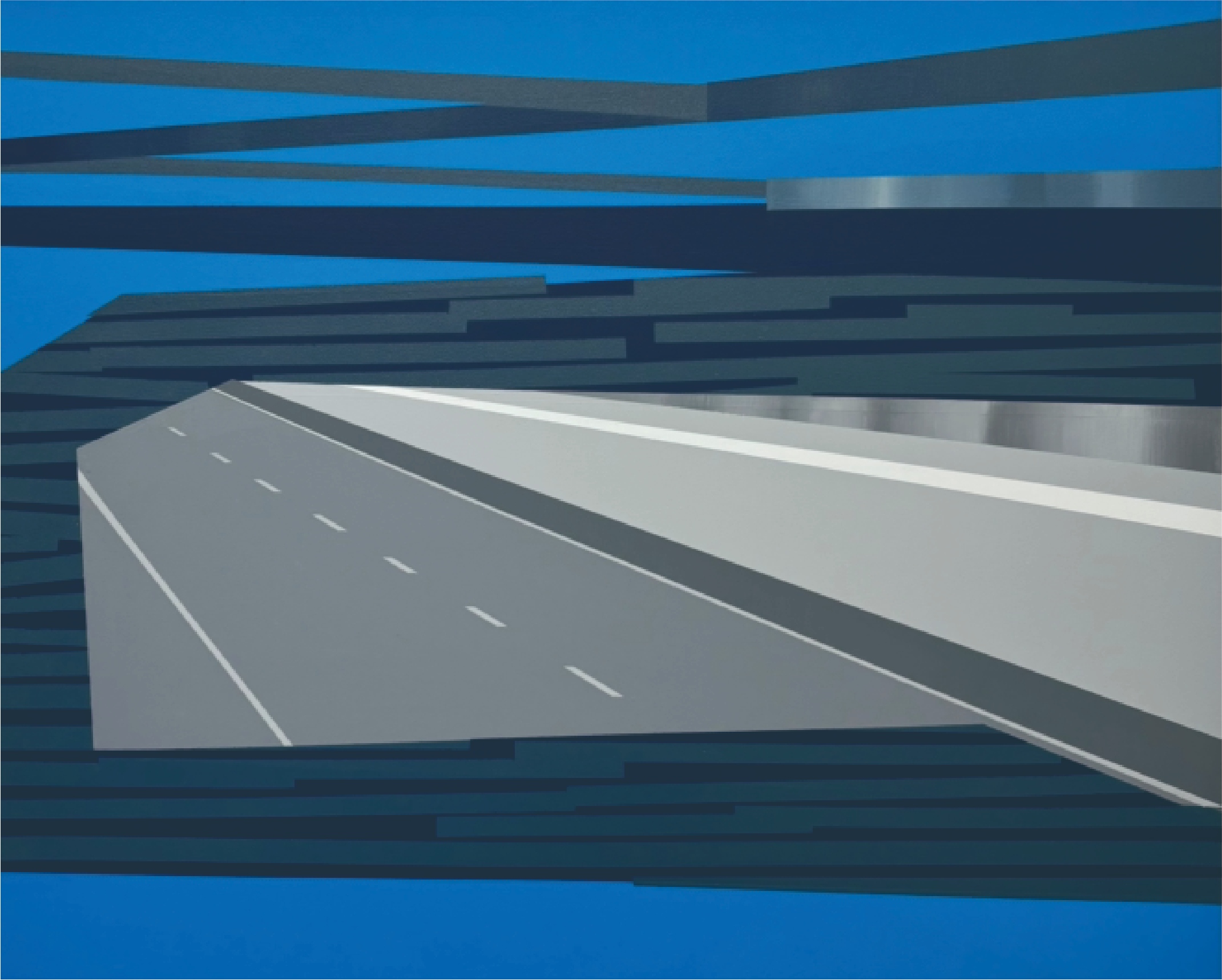Eiko Tanaka
Japan
Eiko Tanaka / Exhibition Experience
Born in 1969 in Osaka, Japan
1995: Master’s degree in Printmaking from Kyoto City University of Arts
1998: Participated in the “ART-EX” Osaka/Belgium Artist Exchange Program,
and resided at the Frans Masereel Centrum (Kasterlee, Belgium)
2009: Doctorate in Printmaking from Kyoto City University of Arts
Solo Exhibitions:
- 2002: "Project N," Tokyo Opera City Art Gallery, Tokyo
- 2003: "no-places," Hillside Gallery, Tokyo
- 2007: "into the forest," Art Front Gallery, Tokyo
- 2010: "empty," MATSUO MEGUMI + VOICE GALLERY, Kyoto
- 2011: "empty," JIN Gallery, Tokyo
- 2013: "still life," Art Front Gallery, Tokyo
- 2018: "Garden," LaPaix Gallery, Nagoya
- 2020: "Work in progress series - new initiatives," MATSUO MEGUMI + VOICE GALLERY, Kyoto
- 2023: NISSHA presents "touch the ART! 2nd - artist Eiko Tanaka," MATSUO MEGUMI + VOICE GALLERY, Kyoto
- 2024: "Double Take - Nidomi," 2024 Eiko Tanaka Solo Exhibition, 99° Art Center, Taipei
Group Exhibitions:
- 1993: "University Print Exhibition," Acquisition Award, Machida City Library, Tokyo
- 1994: 10th Modern Printmaking Competition Osaka, Special Award
- 2000: 8th Hamamatsu City Art Museum Print Competition, Grand Prize; "13th Modern Printmaking Competition," Grand Prize
"Print Works - Communicating Ideas," Aichi Prefectural Art Museum, Nagoya
- 2001: "Japanese Art - Hungarian Printmaking," Pecs Gallery, Hungary
- 2002: "KIRIN ART AWARD," Special Prize, Osaka/Tokyo/Nagoya
- 2003: "Sakuyakonohana (Cherry Blossom Flower) Award," Osaka City; "Contemporary Kyoto Painting," Kyoto Municipal Art Museum
- 2005: 24th Sompo Japan Art Award, Seiji Fujiwara Art Museum, Tokyo
- 2007: "The Distance of Printmaking," Kyoto Art Center
- 2014: "Layering," Nomart Gallery, Osaka
- 2016: "LITHOGRAPH: Lighter but Heavier," Blanka Gallery, Nagoya
- 2017: "Stone Letter Project #1," TRI-ANGLE Gallery, Takarazuka University
- 2018: "Lighter but Heavier," Kobe Y3 Studio; "1st International Lithography Biennale," Belgrade, Second Prize
- 2022: "Stone Letter Project #5 - Unzipped," KCUA Gallery, Kyoto City University of the Arts
Public Collections:
- Kyoto City University of Arts, Kyoto, Japan
- Osaka Cultural Promotion Foundation, Osaka, Japan
- Machida City Library, Tokyo, Japan
- Aomori Contemporary Printmaking Center, Aomori, Japan
- Hamamatsu City Art Museum, Shizuoka, Japan
- Frans Masereel Centrum, Belgium
Double Take: The Superimposition of Post-Locality and the Alienation of Its Boundaries
By: Chen Chaoxing (Vice President of the International Art Critics Association of UNESCO)
Born in Osaka, Japan, in 1969, Eiko Tanaka earned her Master’s degree in Printmaking from Kyoto City University of Arts in 1995 and her Doctorate in 2009. This exhibition presents Tanaka’s experimental creations on the seemingly ordinary "places" or "scenes" that surround us in daily life, through a "constructivist epistemology" approach. These originally three-dimensional scenes are structured into two-dimensional images, but the traces of the actual landscape and the memory of the scene are transformed into an existence that seems to be real yet is falsely distant and virtual. These mysterious "otherworldly" phenomena appear to invite the viewer into the artwork while open-endedly encouraging meditation.
Tanaka’s "otherworld" is a symbiosis, alienation, and coexistence of "here" and "there," metaphorically implying a dual meaning space between "this life" and "the next." In "Double Take - Nidomi," Tanaka’s works, inspired by map application images, begin with photographic images, crossing over collage, printmaking (lithography), and painting to create. The "Google Earth" application, which provides a view of the Earth from space and allows exploration of unknown places, when zoomed into a specific location and switched to street view, reveals spaces that are unrecognizable from above, such as under bridges, underground roads, or tunnels. These moments of misjudgment and scene alienation seem to hint at the boundary between this world and another corresponding world.
These spatial deviations do not occur uniformly. To encounter these fleeting phenomena, the artist repeatedly performs landing operations until they appear again. This "double take" refers to the process of confirming those strange, distorted phenomena (heteromorphism) when we experience unexpected or altered behavior at the boundaries. The confirmation process produces a deviation in the viewer's perception of the landscape, creating a mindscape between reality and the imagined world. Tanaka attempts to record these "double take" moments through experimental works.
In the 2024 acrylic and canvas piece "41°09'29''N 8°39'20''W" (45x36 cm), named after geographical coordinates, Tanaka uses the concept of "place" (a real and specific space) and "scene" (the spatial atmosphere and the viewer's mindscape), as well as their boundaries and heterogeneous structures, as a restructured epistemological process. In her exploration of "otherworlds," the Great East Japan Earthquake deeply impacted Tanaka. It offered her an opportunity to explore the "invisible boundaries of local variations." In the subsequent paintings, the delicate brushwork disappears, and the entire image is covered by flat color, with the layered techniques of lithography becoming more prominent, and the styles of painting and lithography becoming closer.
After the earthquake, cut-paper works seem to have become increasingly complex and significant. Her works often involve transforming familiar objects and scenes from daily life into simple color planes to form the image. For example, in earlier works such as "One Day Before Eternity" and the "Garden" series, lithographs were created from new cut-paper works made from the leftover colored paper after cutting. These images, which suggest geometry, are transformed into a collage-like theme through a complex process. Tanaka also presents the cut marks of the paper in her works, turning informal elements and inverted positive images into printmaking concepts, creating more possibilities for meaning production through "flat re-production."
Works like "Pray" (2023, cut collage, 35×25 cm), "Stripes" (2017, cut collage, 35×25 cm), and "Runway" (2024, cut collage, 35×25 cm) exemplify a construction of multiple meanings. This is a "constructivist epistemology" process, which posits that knowledge is not passively received or discovered but actively constructed through individual cognitive activities. Constructivism emphasizes: active participation (learners actively build knowledge through experience, thinking, and problem-solving, rather than passively receiving information); context and situationality (understanding and meaning construction are contextualized); social interaction (social interaction and cultural context play an important role in knowledge construction); and experiential grounding (new information gains meaning through connections with prior knowledge). Even Tanaka’s painting works, such as "41°09'29''N 8°39'20''W" (2024, acrylic on canvas, 45x36 cm) and "41°09'29''N 8°39'24''W" (2024, acrylic on canvas, 45x36 cm), follow the same creative thinking.
Eiko Tanaka has the ability to read these hidden otherworldly landscapes and gaze upon them layer by layer, producing "mindscapes" composed of knowledge and experiences from life. These are then classified and accumulated in her creative vocabulary, as she actively extracts and reconstructs these discovered landscapes, presenting them in her works and opening them for viewers to reorganize according to their own cognitive structure.
